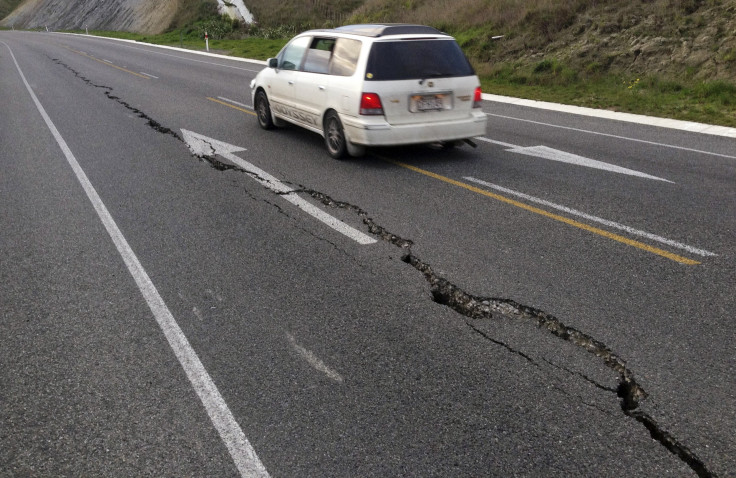Use of Faulty Concrete Puts New Zealand’s Waterview Road Project In Jeopardy: Supplier Admits To Problem

Use of contaminated concrete from a supplier is threatening the durability of some portions of New Zealand’s largest motor way construction project "Waterview Connection." However, the early detection of the contaminated concrete helped in averting its wide spread use and further loss to the road project.
The material was supplied by Firth, part of the Fletcher Building. Following the controversy, the company stopped the production at one of its plants in Auckland. The Waterview Connection is NZ $1.4 billion project and is spearheaded by the NZ Transport Agency. Overall, 35 customers were supplied with this faulty product. But the agency hnadling the road project, claimed that the issue has not affected the quality or safety parameters of the project.
Speaking about the remedial measures, NZTA highways manager Brett Giddon said that Ramp 4 on the Great North Rd Interchange will be requiring some repairs, while the possible damage on walls, footpaths and crash barriers will also be looked into. The Well-Connected Alliance is the contractor of the project. It detected the problem during the course of a quality control check. Firth also stumbled upon the problem and halted production at its plant on April 28. Both residential as well as commercial projects have been affected, reports 3 News.
General Manager of Firth, Andrew Moss, said it informed all customers the same day about the issue. The company is liaising with each customer to assess the need for remedial action and has offered to replace the concrete "promptly and efficiently." Investigations pointed to a faulty measuring equipment at a production site and the issue is restricted to that place only. The closed plant also got reopened.
The New Zealand Herald also quoted Giddon, who said, care has been taken to ensure that the overall integrity of the project is not compromised. Ramp 4 is the second longest and highest of the four interchange links, with tunnels extending to the city. Gliddon reassured that the faulty concrete will not affect its progress and the project will be commissioned on time, in 2017.
Meanwhile, Peter Fehl, Director of University of Auckland’s commercial property services also complained that the University’s new science building has been affected by the supply of faulty concrete, reports Stuff.Co.Nz. He said a small basement wall on the eleventh floor will have to be replaced. The project is part of Auckland University's NZ $1 billion inner city campus.
(For feedback/comments, contact the writer at k.kumar@ibtimes.com.au)




















